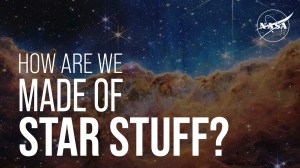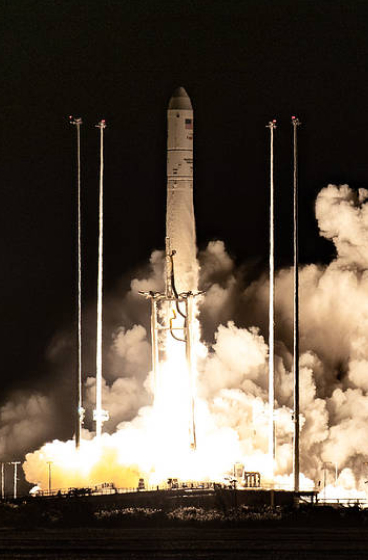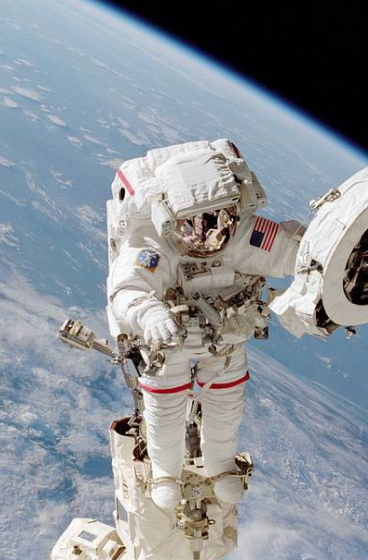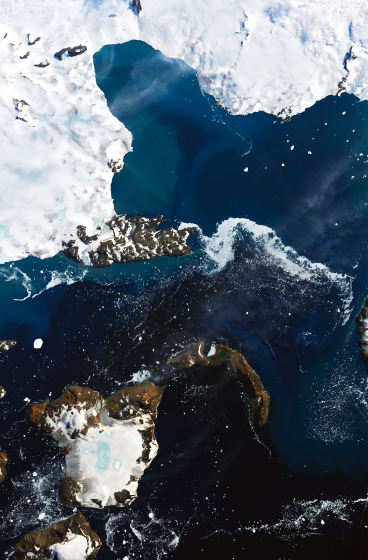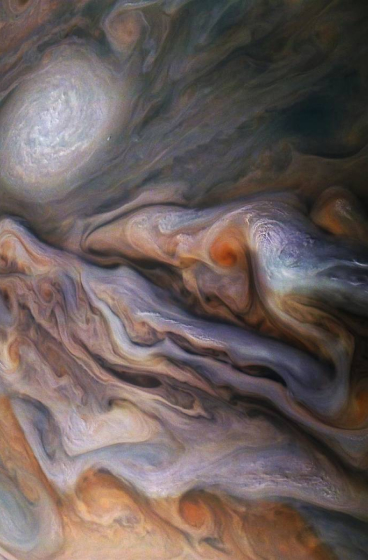2 min read
Preparations for Next Moonwalk Simulations Underway (and Underwater)
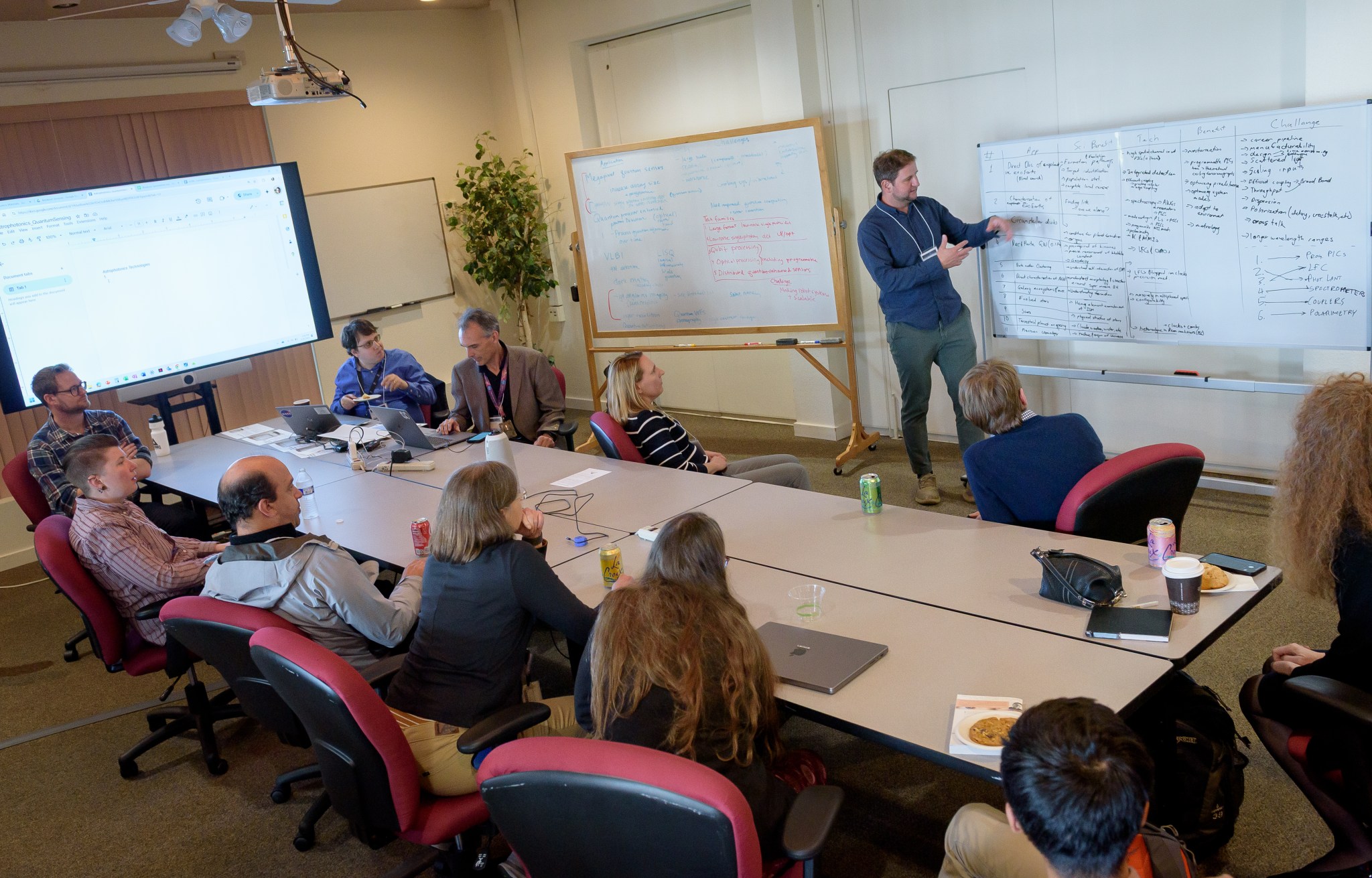
The future of astrophysics research could unlock the secrets of the universe, and emerging technologies like artificial intelligence, quantum sensing, and advanced materials may hold the key to faster, more efficient discovery. Advancements and implementations of new technologies are imperative for observational astrophysics to achieve the next level of detection.
NASA’s Emerging Technologies for Astrophysics workshop brought together subject matter experts from industry, government, and academia to explore the state of new and disruptive technologies. The meeting was an effort to identify specific applications for astrophysics missions and better understand how their infusion into future NASA space telescopes could be accelerated.
The workshop took place at NASA’s Ames Research Center in California’s Silicon Valley,. supporting the agency’s efforts to make partnership with public and private industry and collaborative mission planning possible.
“The profound questions about the nature of our universe that astrophysics at NASA answers require giant leaps in technology,” explained Mario Perez, chief technologist for the Astrophysics Division at NASA Headquarters in Washington. “Spotting potential in early-stage tech by encouraging discussions between imaginative researchers helps expand the scope of science and lessen the time required to achieve the next generation of astrophysics missions.”
Emerging technologies like artificial intelligence can support the design and optimization of future missions, and participants focused efforts on combining technologies to push research further. “Cross-pollination” of advanced materials like composites with advanced manufacturing, metamaterials, and photonic chips could support advancement in imaging missions beyond existing mechanical stability needs.
The United Nations Educational, Scientific and Cultural Organization (UNESCO) has dubbed 2025 the “International Year of Quantum Science and Technology” in recognition of a century of quantum mechanics. Workshop participants discussed how quantum sensing could enable more precise measurements, achieve “super resolution” by filling in missing details in lower resolution images, and provide greater capabilities in forthcoming space telescopes.
“This gathering of experts was an opportunity to find ways where we can increase the capabilities of future space instrumentation and accelerate technology development for infusion into NASA astrophysics missions,” said Naseem Rangwala, astrophysics branch chief at NASA Ames. “We can speed up the process of how we develop these future projects by using the emerging technologies that are incubated right here in Silicon Valley.”
The findings from this workshop and ongoing discussions will support efforts to study and invest in technologies to advance astrophysics missions with greater speed and efficiency.


